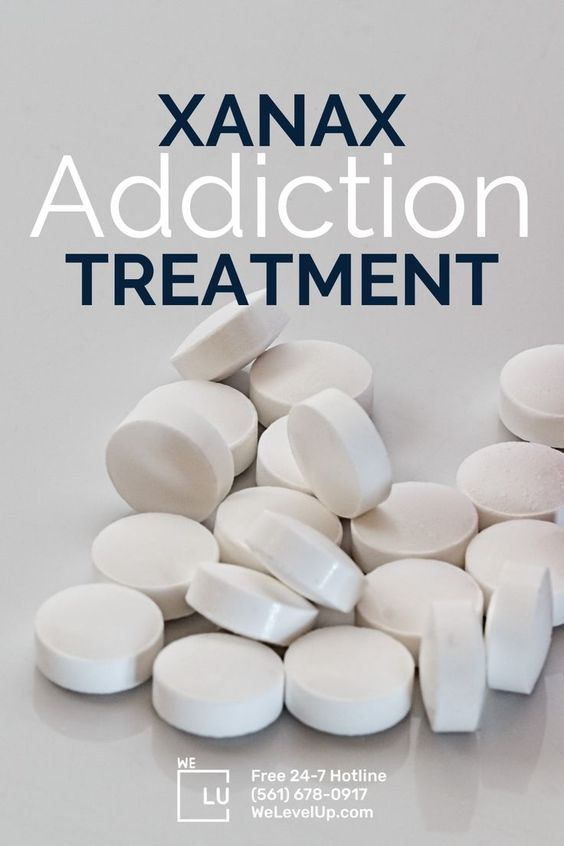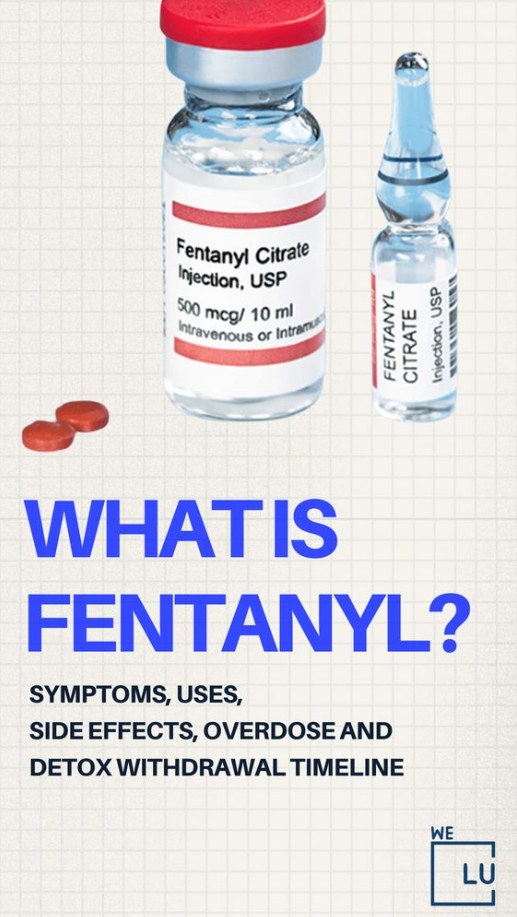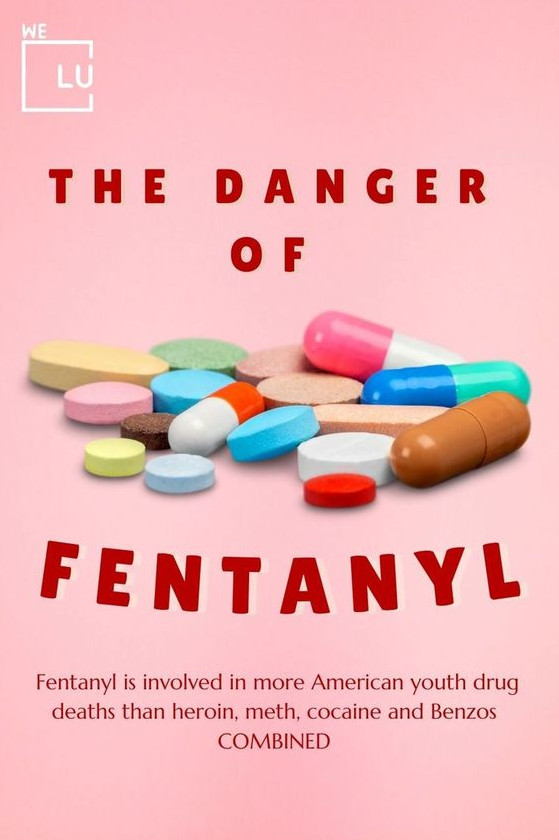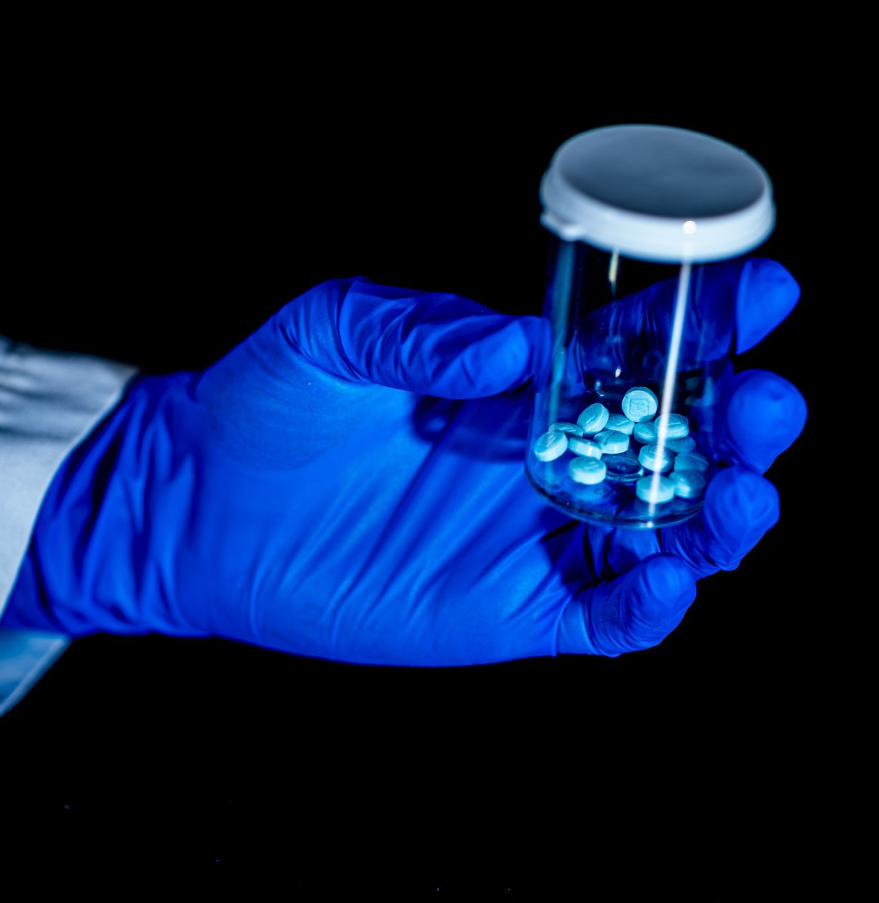What is Dilaudid Addiction?
Dilaudid (hydromorphone) belongs to opioid medication. An opioid is sometimes called a narcotic—a drug used to treat moderate to severe pain. You may find yourself taking more than the prescription dose or taking the medication more often than prescribed. Dilaudid is one of the more powerful Synthetic Narcotics in the Opioid class of drugs. Thus, Dilaudid addiction can rapidly develop through continued use.
This signifies you may be developing a dependency on the drug. As a result, you may need to taper off the drug gradually. If you suddenly stop taking it, you could experience Dilaudid withdrawal symptoms. Speak to a treatment expert about the Dilaudid detox process to help you be relieved during the process.
Dilaudid may also be used to treat certain types of coughs. This drug is made from morphine and binds to opioid receptors in the central nervous system. Consequently, it is a type of opioid and a type of analgesic agent. Other names of the drug are Exalgo, hydromorphone hydrochloride, and Hydrostat IR.
Slang for Dilaudid or Hydromorphone
The following terms are street names or slang for Dilaudid or hydromorphone:
- Dust
- D
- Juice
- Smack
- Dillies
- Footballs
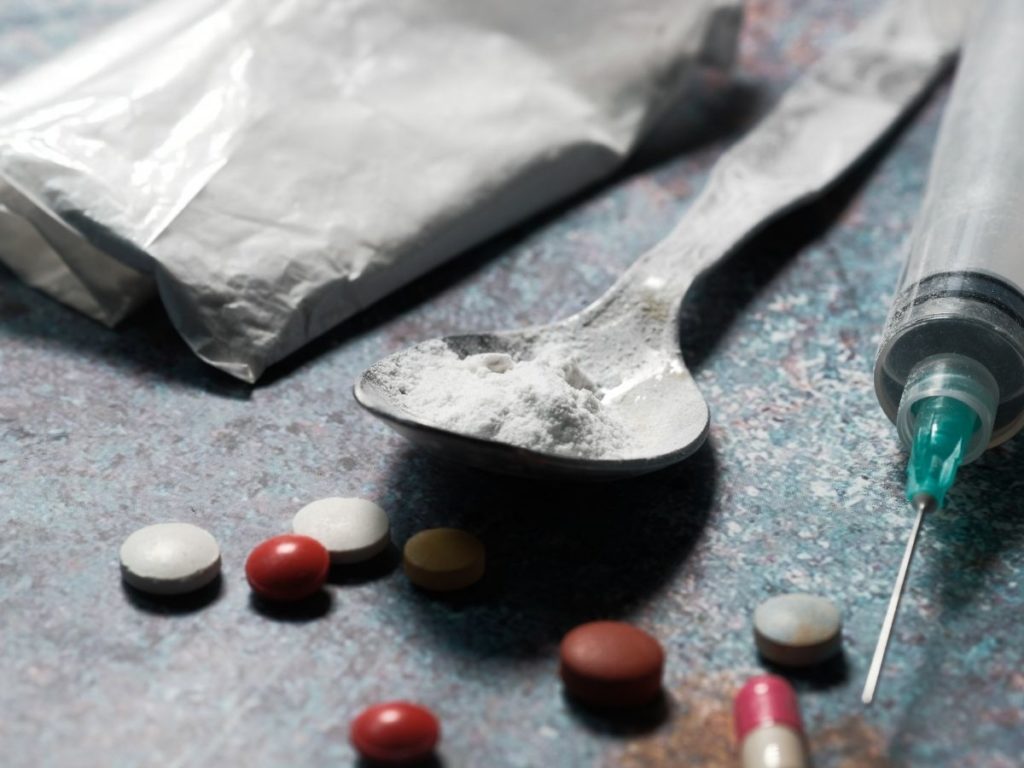
Warnings and Interactions
Hydromorphone, sold under the brand name Dilaudid, comes with a black box warning on its label. Unfortunately, this means research has found the drug may have severe and even fatal side effects. One of the main concerns with hydromorphone is respiratory depression, which means a person isn’t getting enough oxygen into their system.
Dilaudid may also cause a drop in blood pressure. Therefore, it should be used correctly, if at all, in individuals who already have low blood pressure or who take medications to lower their blood pressure.
Symptoms of Overdose [1] may include the following:
- Slow or Shallow Breathing
- Difficulty Breathing
- Sleepiness
- Unable to Respond or Wake Up
- Muscle Weakness
- Fainting
- Cold, Clammy Skin
- Narrowing or Widening of the Pupils (dark circles in the middle of the eyes)
- Slowed or Stopped Heartbeat
- Dizziness
Dilaudid (Hydromorphone) is a schedule II controlled substance prescribed for moderate to severe pain. The drug attaches to receptors in the brain and central nervous system (CNS) to dull pain. Dilaudid also triggers the release of excessive amounts of dopamine in the brain, causing pleasurable feelings. This activates the reward center of the brain, which interprets the event as something that is important and should be repeated. The more this happens, the less the brain will naturally produce dopamine, and the more reliant the body becomes on Dilaudid.
Doctors prescribe Dilaudid for pain related to cancer and serious injuries such as burns. The time it takes for the drug to take effect varies depending on how it is taken. When taken orally, Dilaudid typically takes effect within 30 minutes to an hour. When used intranasally, it typically takes 5 minutes; its effects are almost immediate when taken intravenously. Regardless of the method of administration, the effects of Dilaudid typically last between four and six hours.
Doctors typically prescribe Dilaudid tablets in small doses. Some pills are round, and some are triangular in shape. Dilaudid is also available as an oral liquid. In a hospital setting, doctors may administer the substance intravenously.

Dilaudid abuse is taking the drug in any way not prescribed by a doctor. This includes taking Dilaudid in higher doses than prescribed or taking it without a prescription.
The Dangers of Dilaudid Addiction
Hydromorphone is much stronger than many other opioid medications that are available to treat pain. Because it is stronger, it carries a higher risk of addiction. It can help to know how opioid painkillers work in order to understand how people can get addicted to them.
A prescription for Dilaudid comes with a long list of warnings. Among them is an indication that the drug can be habit-forming, particularly with prolonged use.
It may not take very long at all for you to become addicted to this medication. But it all begins by abusing it. Once a person starts misusing or abusing Dilaudid, they feel a sensation of euphoria. This feeling occurs because of excess amounts of dopamine, which are being discharged into the brain.
However, as more abuse occurs over time, the brain loses the ability to produce this chemical independently. At that point, the individual is addicted and must proceed using the drug to feel normal.
Indications of Drug Abuse
- Using someone else’s prescription
- Demanding larger doses than what was in prescription
- Using more frequent doses of a prescription medication
- Taking a prescription medication solely to get high
- Taking a pill in any way other than instructed by a doctor
Abusing hydromorphone or any other prescription opioid is extremely dangerous and can lead to life-threatening or deadly physical effects.

Dilaudid Addiction Effects
Hydromorphone, similar to other schedule II opioids, has a high abuse and dependence potential and produces tolerance. Prior to the current popularity of hydrocodone and oxycodone among drug abusers, low dose (2 and 4 mg) immediate-release hydromorphone formulations (i.e., Dilaudid®) were the leading opioid products for abuse and diversion. [2]
Euphoria is a short-term effect that people typically start experiencing shortly after taking their first dose of Dilaudid. It is the reason why people abuse it. But it is not the only short-term effect they may encounter.
Even when people only take Dilaudid for a short period, they may experience any or all of the following:
- Feeling Irritable
- Problems with Sleeping
- Frequent Dizzy Spells
- Fever and Chills
- Symptoms of Depression
- Suicidal Thoughts
These symptoms may not take long to manifest. They may become noticeable in as little as two to three weeks of continued Dilaudid abuse.
The long-term effects of Dilaudid are just as troubling. As time goes on, people may start to experience:
- High Blood Pressure
- Frequent and Vivid Hallucinations
- Paranoid Thoughts or Behaviors
- The Sudden Onset of Seizures
- Problems with Breathing
- Respiratory Arrest
Most people find that after long-term use, they are addicted to Dilaudid. Once that addiction is formed, it can be tough to stop using without professional help. Detox and rehab are both highly recommended.
Recovering From Dilaudid Addiction
Discontinuing the use of a drug like Dilaudid will lead to withdrawal symptoms. Some of the more typical opioid withdrawal symptoms include:
- Having Intense Cravings
- Body Cramps
- Cold Sweats
- Diarrhea
- Problems with Sleep
- Nausea
- Vomiting
- Physical Pain
Dilaudid Withdrawal Timeline
Hydromorphone withdrawal (Dilaudid withdrawal symptoms) can last anywhere from one to two weeks, depending on the severity of your addiction.
- A Few Hours After the Last Dose: A few hours into Dilaudid detox, you may begin experiencing the first symptoms of withdrawal, which are typically restlessness and anxiety.
- 1-2 Days After the Last Dose: Withdrawal symptoms usually peak during this time, and most people will start to have muscle aches and chills. You may also experience nausea, sweating, and shakiness. The intensity of these symptoms during Dilaudid detox will differ based on your circumstances.
- 3-4 Days After the Last Dose: You may experience lingering nausea and muscle aches several days after starting Dilaudid detox, but the most dangerous of the symptoms should be over by this time.
- 5-15 Days After the Last Dose: Some withdrawal symptoms may last up to 15 days or longer and may include insomnia, depression, anxiety, and irritability.
The best Dilaudid addiction treatment plans are two-fold. First, they approach both the physical and the mental aspects of the addiction. Generally, this means going through detox and rehab.
Drug detox is getting rid of toxins from the body that are left behind by various drugs. For instance, someone addicted to Dilaudid will significantly benefit from detoxing because it will help with alleviating withdrawal symptoms.

In the case of Dilaudid addiction, the client may be tapered off the drug slowly. Then, they may be advised for medical detox, which allows them to take medications to help with their symptoms. Some medications are approved for this purpose, including Suboxone, Vivitrol, and Methadone.
While drug detox approaches physical addiction, drug rehab is intended to address mind dependency on the drug. For example, while in rehab for hydromorphone addiction, clients will work with therapists, licensed counselors, and peers in recovery to uncover the root causes of their addiction. They will also spend time addressing the harmful behaviors that contributed to their Dilaudid addiction, developing healthier behaviors and attitudes about substance abuse and life in general. [3]
Inpatient Drug Rehab Plays a Crucial Role in the Recovery Process, as it provides clients with time to:
- Learn about the Disorder of Addiction
- Adopt Relevant Life Skills
- Spend time away from environmental triggers, drugs, and alcohol
- Work through each step of the 12-Step Program
- Relapse Prevention Program
These things will support clients to overcome Dilaudid addiction for good and learn how to live life sober with ongoing peer support. Addiction recovery is an ongoing process that will last for the remainder of a person’s life because it’s not something that can be won in a matter of weeks or months. Given that, continued care and Dilaudid treatment are necessary to long-term and lasting recovery.
Most importantly, clients in treatment may choose to continue their care with different services, such as sober living or aftercare. These addiction levels of care are meant to support individuals in recovery who have already completed Dilaudid detox and drug rehab.
Looking for Immediate Help?
Please speak with an Addiction Advisor; call us today here at We Level Up Texas.
